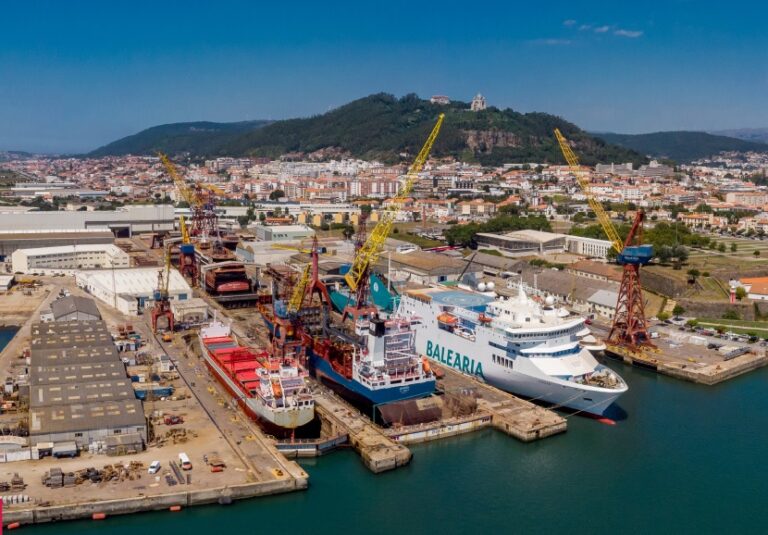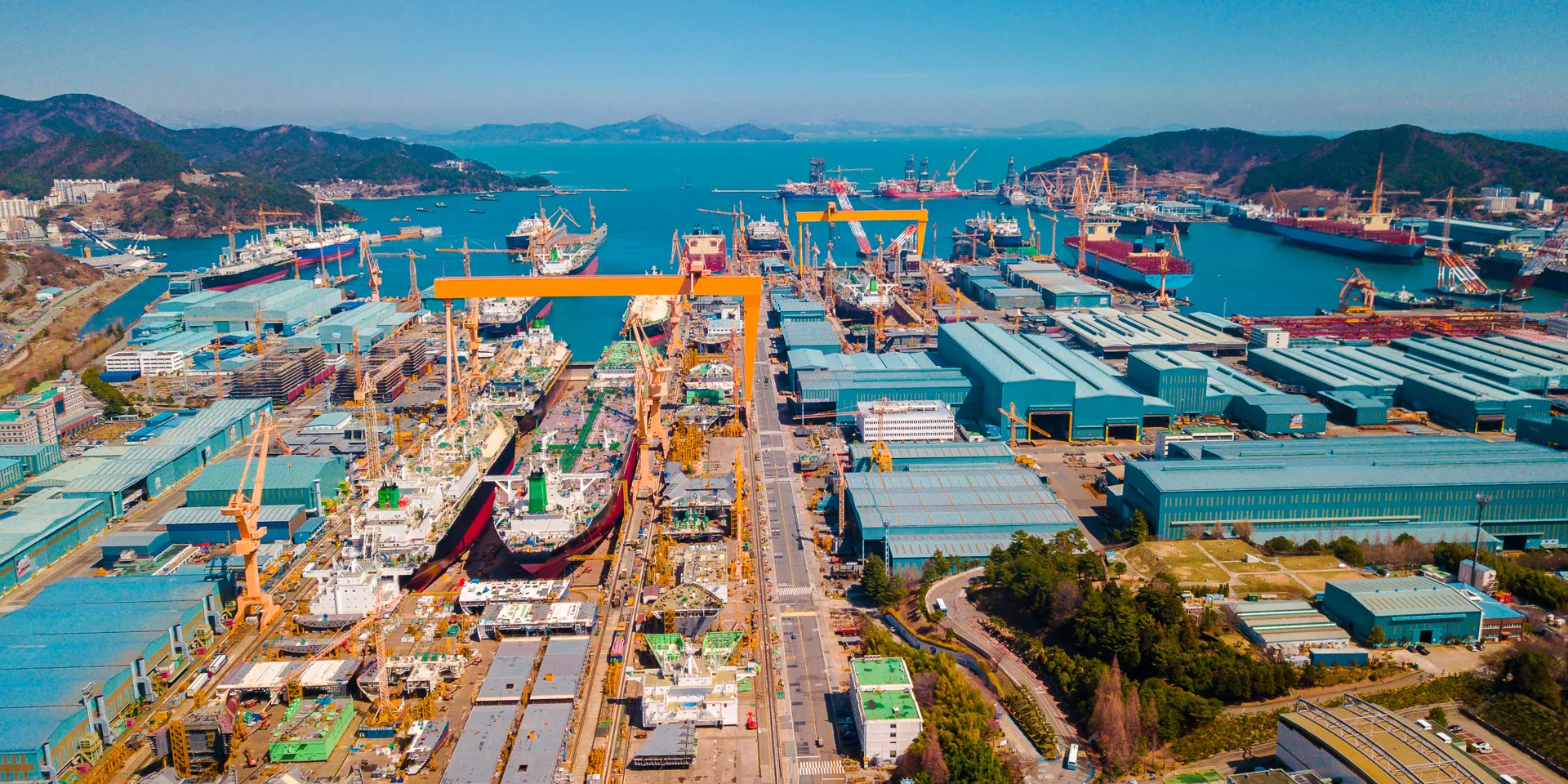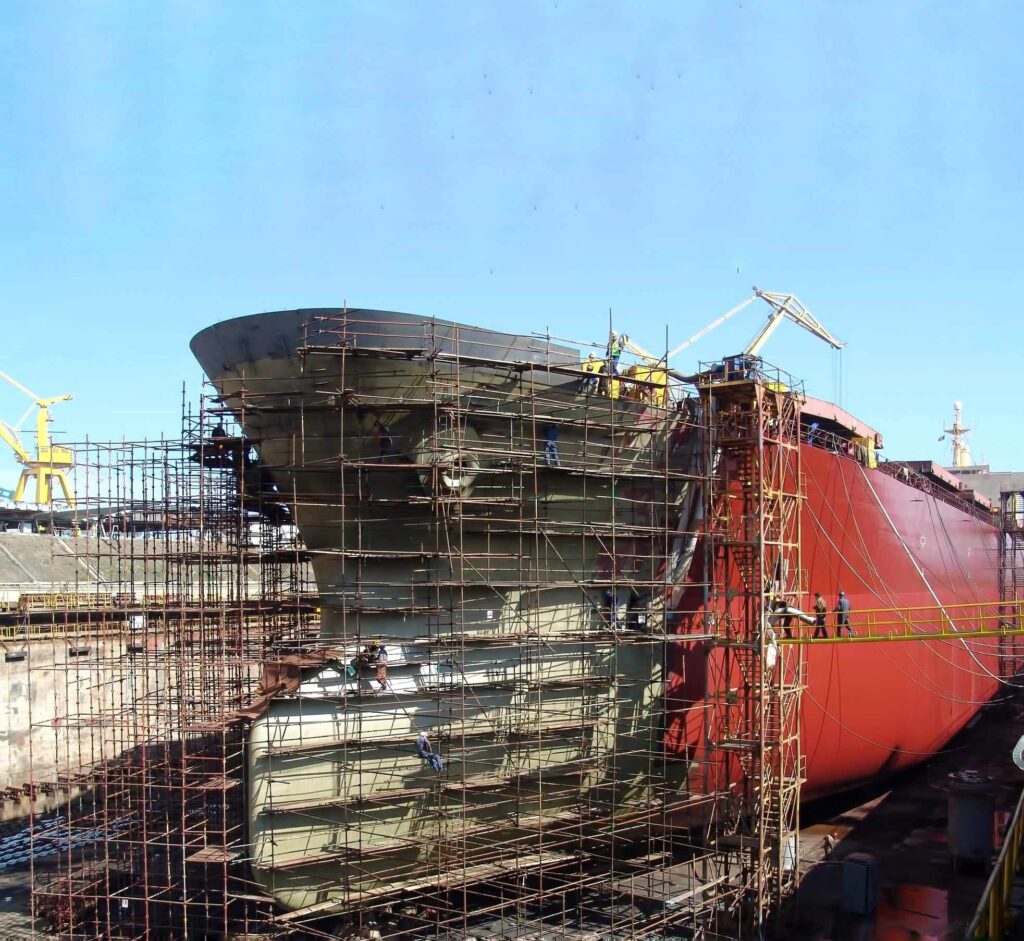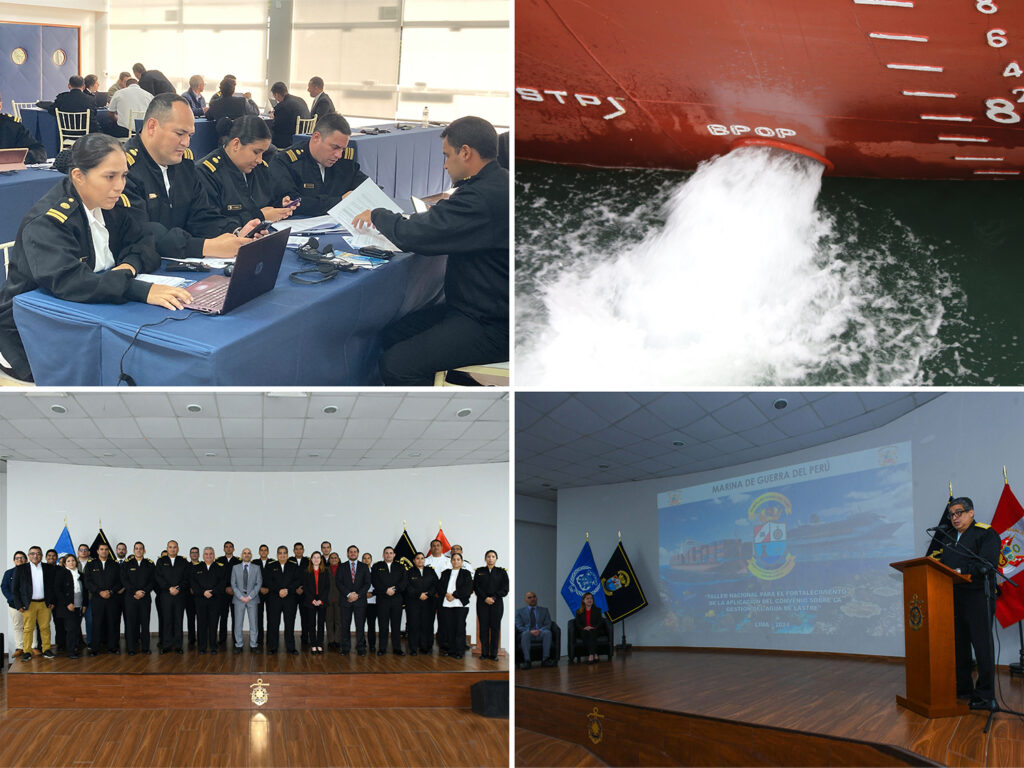The average value of a new ship has reached 90 million dollars, compared to just over 50 in the last decade
LNG and containerships have accounted for respectively 35 percent and 30 percent of the increase
Newbuild prices have reached levels not seen since the peak in 2008, with shipyards set to receive a still significant share of orders before the end of the year.
New construction price
The new construction price index created by Clarksons Research is now on par with the 2008 peak in nominal terms, sitting at 190 points, up 52% from the late 2020 low.
“New construction prices remain elevated, with continued support from strong order volumes, solid forward coverage and inflationary pressures in the pipeline,” Clarksons noted in its most recent weekly report.
VesselsValue report
High ordering activity for container and gas tankers in 2021/22 has put even greater pressure on shipyard capacity and construction periods,” says a recent report from VesselsValue: “Due to increased orders, prices they went up.”
The average price of new construction in 2024 reached $90 million, 30% higher than the previous high recorded in 2022 and far above average levels over the past decade, closer to $50 million, according to Clarksons data
Green technologies

The British broker cites the growing use of green technologies, a higher-value product mix and shipowners ordering larger vessels as factors contributing to the price rise. For example, the average size of a ship ordered this year is 54,000 gt, a record, up 40% from the 10-year average, while more expensive ship types such as gas tankers, container ships and cruise ships represent nearly 50% of tonnage ordered this year compared to an average of 28% in the 2010s.
Expectation Clarksons
Tonnage ordered this year (93.6 million GT in the first nine months) is already higher than the annual totals for 2022 and 2023. Clarksons expects more than 100 million GT will be contracted for the full year, a high level , but still far from the record of 172 million GT contracted in 2007.
Fleet of (LNG and LPG)
As of September 2024, order book-to-fleet ratios for bulk carriers, oil and gas tankers (LNG and LPG) were 10.3%, 12.9% and 48.4% respectively, according to data from Greece’s Xclusiv Shipbrokers.
These figures represent substantial increases compared to the previous year and even two years ago. The order book-to-fleet ratio for bulk carriers, oil and gas tankers has grown by 43%, 180% and 29% respectively over the last two years.
Alphaliner analysts
These figures represent substantial increases compared to the previous year and even two years ago. The order book-to-fleet ratio for bulk carriers, oil and gas tankers has grown by 43%, 180% and 29% respectively over the last two years.
As of October 14, Alphaliner analysts counted a total of 264 ships equivalent to 3.11 million TEUs. Pending projects could add another 400,000 additional TEUs this year, according to MB Shipbroking.
Increase of tankers
Tanker ordering activity increased last year to its highest level since 2015. Since January, about 340 confirmed tanker orders have been placed, just marginally below about 350 orders placed last year. Even in the dry bulk sector, similar orders had not been seen for years.
The orderbook

On the other hand that BIMCO highlights that LNG and containerships have accounted for respectively 35 percent and 30 percent of the increase while bulk carriers, tankers, and LPG have accounted for the rest. The orderbook for containerships, however,
BIMCO points out peaked during the first quarter of 2023 and has fallen since then although there are expectations that another wave of orders may be coming.
Year-to-date, the containership orderbook has fallen 16 percent, as the segment works to absorb its record orders in the past few years. Currently, containerships are deviating from the overall growth trend in shipbuilding orders but the bulk carrier orderbook is also down three percent in 2024.
BIMCO also highlights that the shipbuilding industry was plagued by overcapacity in the last decade between 2010 and 2020. Prices during the 2010s they report only varied +/- 10 percent from the period’s median price.
Significant capacity came out of the shipbuilding during the decade which in part has contributed to the longer lead time for deliveries for new orders
Read more :
Prices of new ships almost at historic highs (2008)




